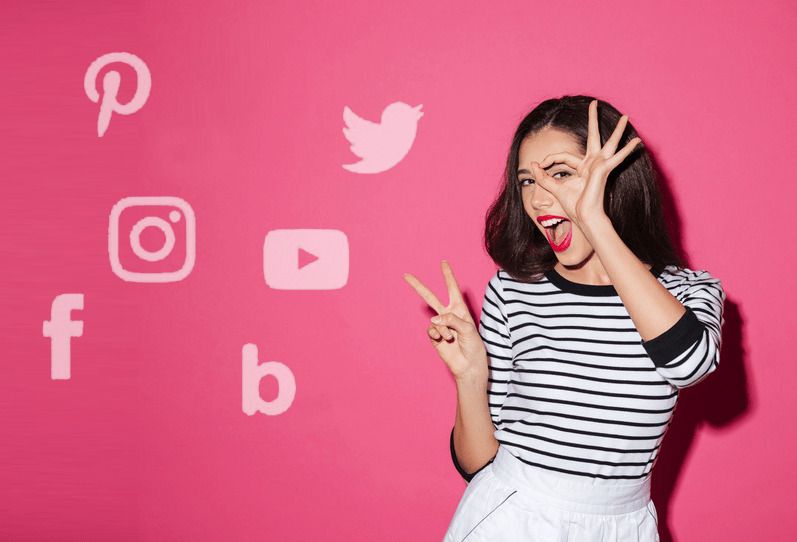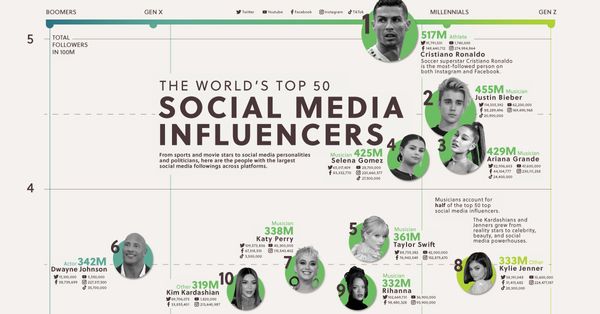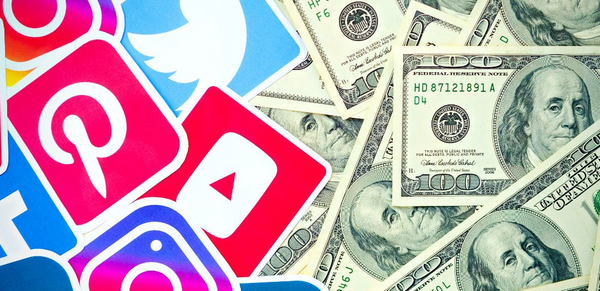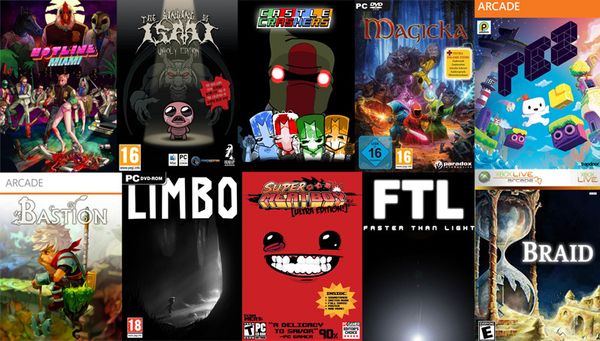Figuring out influencer pricing in 2026 can feel like a guessing game, right? Brands want to connect with people online, but how much should they actually pay for it? It's not just about follower numbers anymore. We're looking at what really makes an influencer worth the money, from the kind of people they talk to, to where they are, and even what they post. Let's break down what brands are paying and how you can get the best bang for your buck.
Key Takeaways
- Influencer pricing in 2026 is shifting focus from just follower counts to the quality and engagement of an influencer's audience.
- Content format and platform play a big role, with things like Instagram Reels costing more than TikTok videos on average.
- Micro-influencers often provide better return on investment than celebrities due to higher engagement and audience trust.
- Costs can go up during busy seasons or in popular locations, and brands might pay extra for usage rights or exclusivity.
- Affordable platforms exist to help startups find and work with influencers without breaking the bank.
What Determines Influencer Prices in 2026?
Figuring out what to pay influencers in 2026 isn't as simple as looking at follower counts. Lots of things go into the final price tag, and understanding these factors is key for brands wanting to get the most out of their influencer marketing costs 2026. It’s not just about how many people follow someone; it’s about who those people are and how they interact with the influencer.
Audience quality over quantity
These days, brands are really looking past just big numbers. Engagement rate and the actual quality of an influencer's audience matter way more. A smaller group of followers who actively comment, like, and share content is often more valuable than a massive, passive audience. Think about it: you want people who are actually interested in what the influencer is talking about, not just people who clicked 'follow' once and forgot about it. This focus on genuine connection is changing how influencer rates 2026 are set.

Content format impacts influencer rates
The type of content an influencer creates also plays a big role. For example, Instagram Reels often fetch higher prices than standard TikTok videos, partly because Instagram's algorithm tends to push Reels to more people organically. YouTube videos, especially longer ones, can also cost more because they take a lot more time and effort to plan, film, and edit. When you're budgeting, consider which format will best reach your target audience and align with your campaign goals.
Location affects pricing
Where an influencer is based can really change their rates. Creators in places like the US, UK, or Australia might charge more because the cost of living is higher and there's often more demand. On the flip side, influencers in other regions might have lower rates. It’s important to remember that local market conditions and even currency exchange rates can affect the final price. So, when you're looking at influencer pricing 2026, always keep the influencer's location in mind.

Specializing in a niche allows for premium pricing
If an influencer is really good at a specific topic, like sustainable fashion or a particular type of gaming, they can often charge more. These specialized niches usually have very dedicated followers who trust the influencer's recommendations. Brands are willing to pay a bit extra to get their message in front of these highly targeted and engaged communities. It’s about reaching the right people, not just a lot of people.
Seasonal demand fluctuations
Just like many other industries, influencer marketing can see busy and slow periods. During holidays or major events, brands might be willing to pay more to get their campaigns out there. This means influencer rates 2026 can go up during peak seasons. If you can plan your campaigns outside of these busy times, you might find more affordable options. It’s a good idea to be aware of these seasonal trends when you’re planning your budget.
Micro Influencers vs. Celebrities: ROI, Reach, and Cost

When you're trying to figure out how much do influencers cost, it's easy to get lost in the numbers. You've got your micro-influencers on one end, and then you have your big-name celebrities on the other. They're totally different beasts, and you need to know what you're getting into.
Are micro-influencers a better value than celebrities?
Generally, yes. Micro-influencers, those with followings typically between 10,000 and 100,000 people, are often a much better deal for your money. They usually charge way less than celebrities. For instance, a micro influencer cost 2026 might be around $198 per post, according to some data. Celebrities, on the other hand, can ask for tens of thousands, or even hundreds of thousands, for a single post. It really depends on who you're talking to, but the difference is huge. This makes affordable influencer marketing services more accessible for smaller businesses.
Pro Tips for Brand: Tired of chasing influencers who never reply? Or spending hours writing pitch emails that go nowhere? Enter SocialBook Product Launcher – your new favorite sidekick for finding the perfect micro influencer match without the usual chaos. It's fast, smart, affordable, and let’s be honest... kind of a genius. All you need to do is to publish your task and write your requirments for the influencer, then they will come to you.

ROI
Return on Investment (ROI) is where micro-influencers really shine. Because their audiences are smaller, they tend to have a closer connection with their followers. This means people actually listen to their recommendations. You'll often see higher engagement rates with micro-influencers compared to celebrities. Think about it: if someone you feel like you actually know tells you about a product, you're more likely to check it out than if a huge star you've never met does. This can lead to better conversion rates for your brand. While celebrities can get your name out there to a lot of people fast, that doesn't always translate into sales.
Reach
Now, when it comes to sheer reach, celebrities win, hands down. If your main goal is to get your brand in front of as many eyeballs as possible, like for a big product launch, a celebrity can do that. They have millions of followers, so the potential exposure is massive. However, this broad reach can sometimes be less targeted. You might be paying to show your product to a lot of people who aren't actually interested in it. The cost of influencer marketing with a celebrity is high, and you need to be sure that massive reach is what you actually need.
Authenticity and conversion
Authenticity is a big deal these days. People are tired of overly polished ads. Micro-influencers often feel more real. Their content might not be as slick as a celebrity's, but it feels more genuine. This authenticity can lead to better conversion rates because their followers trust their opinions. When you're looking at the YouTube influencer cost, for example, you might find that a smaller creator who genuinely loves your product will drive more sales than a big star just reading a script. It's about building trust, and micro-influencers are often better at that. This is why many brands are looking at micro-influencers for their campaigns.

When you're trying to figure out the cost per engagement influencer, you'll likely find that micro-influencers offer a much better rate. They might not have the same massive reach as a celebrity, but the people they do reach are often more engaged and more likely to become customers. It's a trade-off between quantity and quality, and in 2026, quality is really winning out.
Sick of chasing influencers who never respond or wasting hours on pitch emails? Meet SocialBook Product Launcher — the smart, affordable way to find your perfect micro-influencer. Just post your task with requirements, and the right creators will come to you.
What Brands Are Really Paying Influencers in 2026

So, you're wondering how much brands are actually shelling out for influencers in 2026? It’s not as simple as a fixed price list, that’s for sure. Think of it like this: you wouldn't pay the same for a quick shout-out as you would for a whole video series, right? The same goes for influencers. Prices really depend on a bunch of things, and it’s not always about just the follower count anymore. Brands are looking more at how engaged an influencer's audience is, not just how many people follow them. That means an influencer with 50,000 super-fans who actually buy things might be worth more than someone with a million followers who just scroll past.
Of course, finding influencers of high quality take some digging. That’s where tools like SocialBook can help. They make it easier to zero in on influencers who actually match your audience by letting you filter for things like engagement rate, audience demographics, location, content style, and even average views per post.
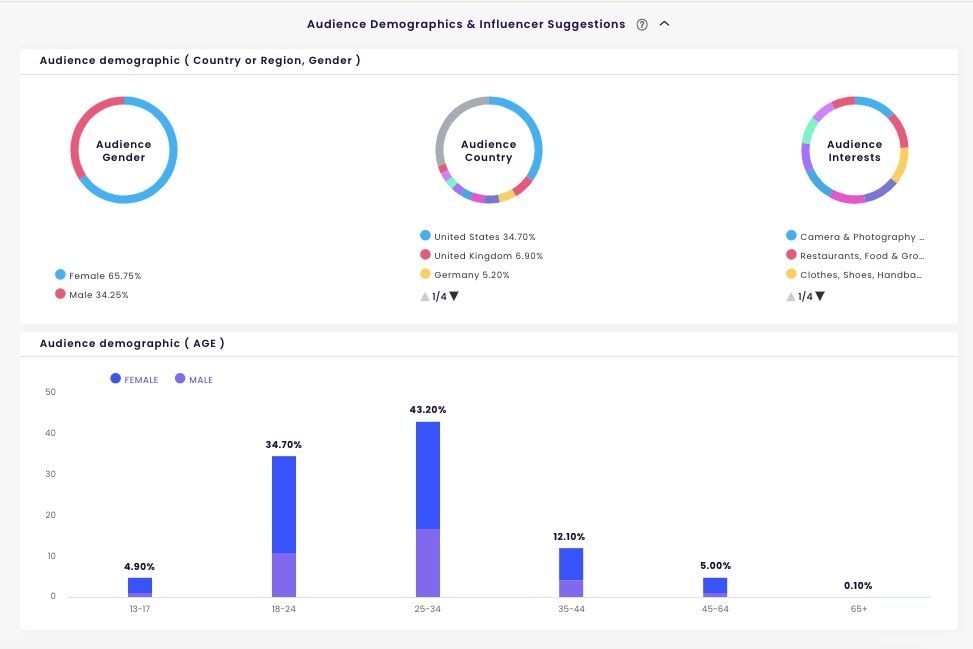
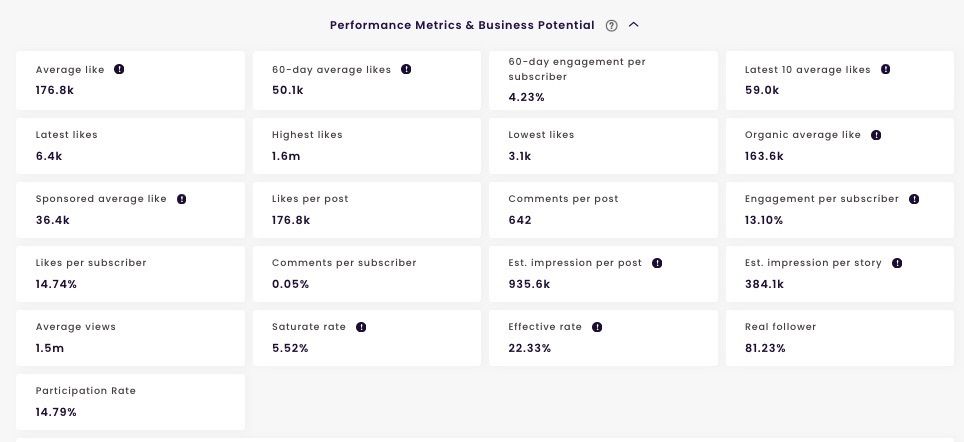
Average prices by platform:
It’s tough to give exact numbers because deals are usually private, but we can look at averages. For instance, Instagram Reels are often getting a bit more than TikTok videos, maybe around $288 on average compared to $217 for a TikTok video. But remember, these are just averages, and a lot goes into the final price. The top platforms brands are using for influencer marketing are still TikTok, followed by Instagram, and then YouTube. So, if you're planning a campaign, think about where your audience hangs out.
Typical Influencer Pricing Models Explained
Brands usually pay influencers in a few ways:
- Pay-per-post: This is the most common. You pay a set amount for each piece of content the influencer creates, like a single Instagram post or a TikTok video.
- Affiliate marketing: The influencer gets a commission for sales they drive, often through a unique link or code. This is great because you only pay when you see results.
- Flat fee for a campaign: You might pay a lump sum for a series of posts or a longer-term partnership.
- Free products or services: Sometimes, especially with smaller influencers or for product reviews, brands might just send free stuff instead of cash.
Is an Influencer Rate Worth It?
This is the million-dollar question, isn't it? You need to look beyond just the follower count. Check their engagement rate – are people commenting, liking, and sharing? Also, consider the quality of their audience. Do their followers match your target customer? And what about content usage rights? If you want to reuse their content on your own ads, that usually costs extra, sometimes a lot extra – we're talking up to 39% more.
When you're looking at an influencer's rate, think about what you're getting in return. Does their audience actually care about what they post? Are they likely to buy the product you're selling? It’s not just about getting your brand seen; it’s about getting it seen by the right people who might actually become customers.
Best Affordable Influencer Marketing Services for Startups in 2026?
For startups on a tighter budget, working with micro-influencers (those with 10k-100k followers) is often the way to go. They tend to have really dedicated communities and are more affordable. You can also look into influencer marketing platforms that help you find and manage collaborations. Some of these platforms can connect you with creators without huge upfront costs, making it easier to test the waters. Finding the right influencer marketing platforms 2026 can really make a difference for smaller businesses trying to get their name out there.
Final Thoughts
Influencer pricing in 2026 isn’t one-size-fits-all. What brands pay depends on audience quality, platform, content format, and even the time of year. Micro-influencers continue to deliver strong ROI, while larger creators still shine for broad awareness campaigns. The key is knowing your goals and choosing partnerships that align with them.
For startups or growing brands, navigating influencer costs can feel overwhelming, but tools like SocialBook make it easier. By helping you filter creators by engagement rate, audience demographics, and content style, SocialBook saves time and ensures your budget goes toward influencers who can actually move the needle for your business.
In short: the more intentional you are with your influencer strategy, the more value you’ll get back — whether you’re spending $200 or $20,000.
Frequently Asked Questions
Are smaller influencers cheaper than big stars?
Think of influencers like guides for different topics online. Some have a huge following, like celebrities, while others have a smaller but super-loyal group of followers interested in a specific thing, like a hobby. Generally, smaller influencers (called micro-influencers) cost less than big stars. They might not reach as many people, but the people they do reach often pay closer attention and are more likely to buy something because they trust the influencer.
Do smaller influencers give a better return on investment?
Yes, generally. While big stars can reach millions, their price tag is much higher. Micro-influencers often give you more bang for your buck. This means for the money you spend, you get a better result in terms of how many people engage with your brand or product. They feel more like a friend giving advice, which makes people trust them more.
What makes influencer prices go up or down?
The cost can change a lot! It depends on things like how many people follow the influencer, how much those followers interact with their posts (likes, comments), what platform they use (like Instagram or TikTok), and even the type of content they create. For example, a fancy video might cost more than a simple picture. Also, popular influencers or those in high-demand niches can charge more.
Does an influencer's location affect their price?
Yes, where the influencer's followers live matters. If an influencer's audience is mostly in a country where things are more expensive or where brands spend a lot of money, they might charge more. For instance, influencers with many followers in the United States might cost more than those with followers mainly in other countries.
How can I tell if an influencer's price is fair?
It's smart to look at how many people actually interact with the influencer's content, not just how many followers they have. If an influencer has 100,000 followers but only 1,000 like their posts, that's not as good as an influencer with 10,000 followers who gets 2,000 likes. Good engagement means their followers are really paying attention and might be more likely to become customers.
What are good ways for new businesses to find affordable influencers?
For smaller businesses or startups, there are websites and services that help you find influencers without needing a big agency. These platforms often let you see prices upfront and work directly with influencers. This can save you money and make it easier to manage your campaigns, especially when you're just starting out.

